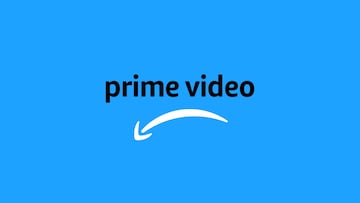Prime Video will have ads next year: How much will Amazon charge to avoid them?
Following other streaming services, Prime Video will be feeding ads to viewers next year. How much will the ad-free plan cost?

Following Netflix and Disney+, Amazon Prime Video has announced that those who do not upgrade their membership plan will begin to be served ads next year. Until now, the basic Prime membership has allowed for an ad-free streaming experience, a benefit that many who use the platform enjoy.
How much will it cost to avoid ads?
Amazon announced that users in the United States, the United Kingdom, Germany, and Canada will be the first to see ads appear on the most basic membership status in early 2024. By the end of the year, those streaming from Australia, France, Italy, Mexico, and Spain would be forced to upgrade to avoid being served advertisements. The specific date remains to be known, although the company will notify all users by email.
In the United States, an Amazon Prime subscription costs $14.99 per month, and with the arrival of ads, users who do not wish to see can opt out by paying $2.99 more a month.
We will have to wait to find out the price in other regions.
How will the new Prime Video prices compare to other streaming services?
At $17.99, the Prime Video price is higher than that paid by users of other streaming services. However, the membership includes all the other benefits of being a Prime member, including free two-day shipping.
| Streaming Service | With Ads | Without Ads |
| Amazon Prime Video | $14.99/month | $17.99/month |
| Disney+ | $8/month | $11/month ($14/month starting 12 Oct.) |
| Hulu | $7.99/month | $14.99/month |
| Netflix | $6.99/month | Standard: $15.49/month & Premium $19.99/month |
Netflix’s Premium membership, which includes the ability to stream in 4K+HDR, is the only service more expensive than Prime Video.
Writers and actors ask for greater transparency from streaming companies
Related stories
The announcement that prices will rise comes as writers and actors in Hollywood remain on strike.
Many of the demands being made by the unions representing these workers respond to challenges created by the streaming industry. Compared to a network TV show, those created for streaming platforms are often shorter, which means less work for actors and writers. Additionally, residuals from streaming are much lower than network TV shows, making it more difficult for actors and writers to sustain themselves in between jobs. Streaming platforms have been unwilling to provide transparency to actors and writers on viewership data of their shows and movies. This creates an obscure system where those receiving residual checks cannot verify that they have received the total amount they are entitled to.

